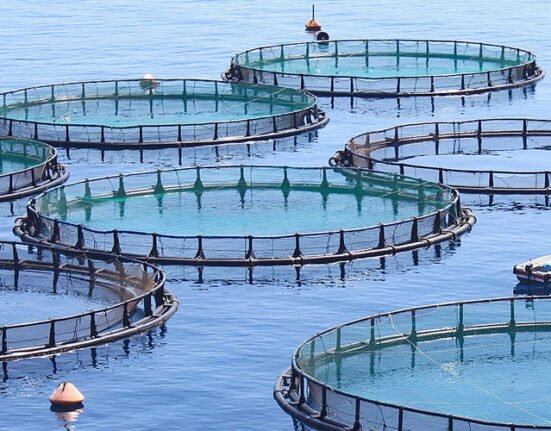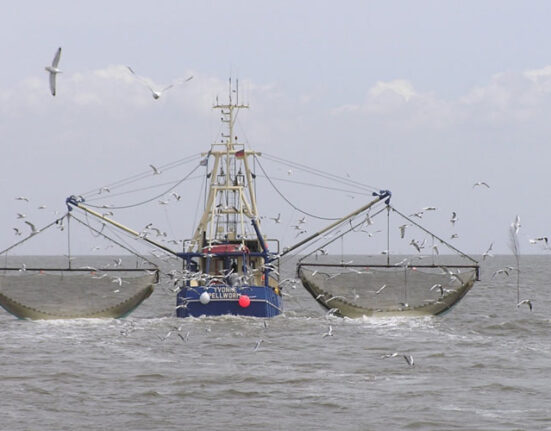Imasha Costa grew up in the kingdom, where temperatures regularly reach 50C. This week, she watched on as the country, together with the United Arab Emirates and Oman, battled unprecedented rains and flooding
Is this the future for the Middle East, for the countries in the Arabian Peninsula close to the equator? Heavy rain, intense flooding, and being trapped in your homes because of extreme rainfall that has likely been brought on by human-made climate change?
During the week, Bahrain, the United Arab Emirates, and Oman saw record rainfall that flooded motorways and homes, made roads impassable, and left cars trapped in the water.
At least 20 people were reported to have died due to the storm in Oman, while one person was reported to have died in the UAE.
While the UAE and Oman dealt with most of the “unstable weather conditions”, similar conditions were reported in Bahrain, Qatar, and certain areas of Saudi Arabia.
Let me explain just how unusual this is. Bahrain is a desert. It has long, flat motorways and acres and acres of sand covering areas on a tiny island just off Qatar.
It was not built for heavy rain and thunderstorms. There is no adequate infrastructure that would help release the rainwater into drains and the sea.
It has no rivers, no floodgates, and no gutters on the side of the roads because it is not something that the country has had to prepare for.
 Cars are stranded on a flooded street in Dubai.
Cars are stranded on a flooded street in Dubai.
It is extremely rare to see heavy rainfall and flooding in the country. Yes, there are the occasional rainy days here and there, but not floods where water comes up to your neck and submerges you as you try to walk down the pavements.
As a child, growing up in Bahrain, I craved a break from the scorching dry heat and blazing sun as temperatures usually went over the 50C mark.
I craved a bit of rain that would break the sweaty delirium that we were living in and not be locked away in the house under air conditioning because it was boiling outside.
April was the time of year when the temperatures would start climbing, so you would see more sunny days, more humid waves, and the constant need to quench your thirst because of excessive sweating.
Yes, Bahrain would get rain usually in heavy downpours, in what is called our winter period, but not what we saw this week.
 A group of people work to recover an abandoned vehicle in Dubai.
A group of people work to recover an abandoned vehicle in Dubai.
There are two seasons in the island country. During the summer months, from April to October, temperatures in the afternoon average 40C and can reach between 46C-50C during May, June, and July.
In addition to this with high humidity, a hot dry wind known as the qaws periodically blows sand clouds upwards from the south.
In winter, from November to March, temperatures range between 10C to 20C but humidity rises above 90%. From December to March, the shamal winds bring damp air over the island.
Unprecedented weather
Yet, this week, I could not believe the videos that I saw coming from across the country. On Wednesday, my Instagram feed showed bizarre videos from people I went to school with.
One showed a man trying to drive down a street in a housing estate with water reaching up to the door handle of his car.
Another video showed two brothers in one part of the country trying to push cars that were stuck in the flood waters.
Roadblock bollards floating down the road in a row, a car filled to the brim with flood water reaching up to the steering wheel, while some got their kayaks out to try to swim out in the pooled water.
 A man walks through standing floodwater caused by heavy rain in Dubai, United Arab Emirates.
A man walks through standing floodwater caused by heavy rain in Dubai, United Arab Emirates.
I rang my mother to see if she was okay. She was, but her car needed to go to the garage as water had most likely gone into her engine. She had never seen rain like it, and said it was most likely the worst case of flooding that she had seen in the 40 years she lived in the country.
Emergency services were quick to act in Bahrain, to help out with traffic, and manually pump out the flood water through water tankers. Those affected by the floods are also set to receive compensation from the Bahraini government, according to local reports.
Yet, the question arises whether this will now be the norm for those living in the Middle East.
A total record of 254mm of rainfall was recorded in Al-Ain, in the UAE, a city close to the Oman border. This is the largest amount of rain that has fallen in 24 hours for the country.
According to climate experts, the heavy rainfall that was seen in those regions was likely exacerbated by climate change.
 Two men walk through floodwater in Dubai.
Two men walk through floodwater in Dubai.
Esraa Alnaqbi, a senior forecaster with the UAE National Centre of Meteorology, said a low-pressure system in the upper atmosphere, along with the low pressure at the surface acted like a pressure “squeeze” on the air.
She told Reuters that while the phenomenon was not unexpected in April, as the season changes the pressure rapidly changes. Climate change also likely contributed to the storm that unfolded.
Climate scientists have said that the rising global temperatures which have been caused by human-led climate change are leading to more extreme weather events around the world — this includes intense rainfall.
As extreme weather events increase around the world, from longer heatwaves to intense rainfalls, will the countries in the Arabian Peninsula now need to be better prepared for sudden intense flooding, and if so how quickly do they need to make these changes to infrastructure?














